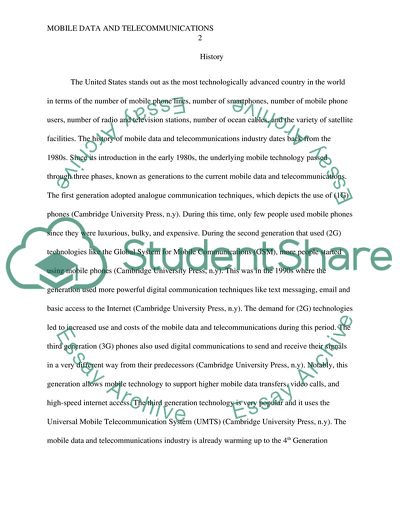Cite this document
(“Mobile Data and Telecommunications Research Paper”, n.d.)
Mobile Data and Telecommunications Research Paper. Retrieved from https://studentshare.org/information-technology/1631595-mobile-data-and-telecommunications
Mobile Data and Telecommunications Research Paper. Retrieved from https://studentshare.org/information-technology/1631595-mobile-data-and-telecommunications
(Mobile Data and Telecommunications Research Paper)
Mobile Data and Telecommunications Research Paper. https://studentshare.org/information-technology/1631595-mobile-data-and-telecommunications.
Mobile Data and Telecommunications Research Paper. https://studentshare.org/information-technology/1631595-mobile-data-and-telecommunications.
“Mobile Data and Telecommunications Research Paper”, n.d. https://studentshare.org/information-technology/1631595-mobile-data-and-telecommunications.


